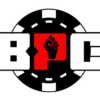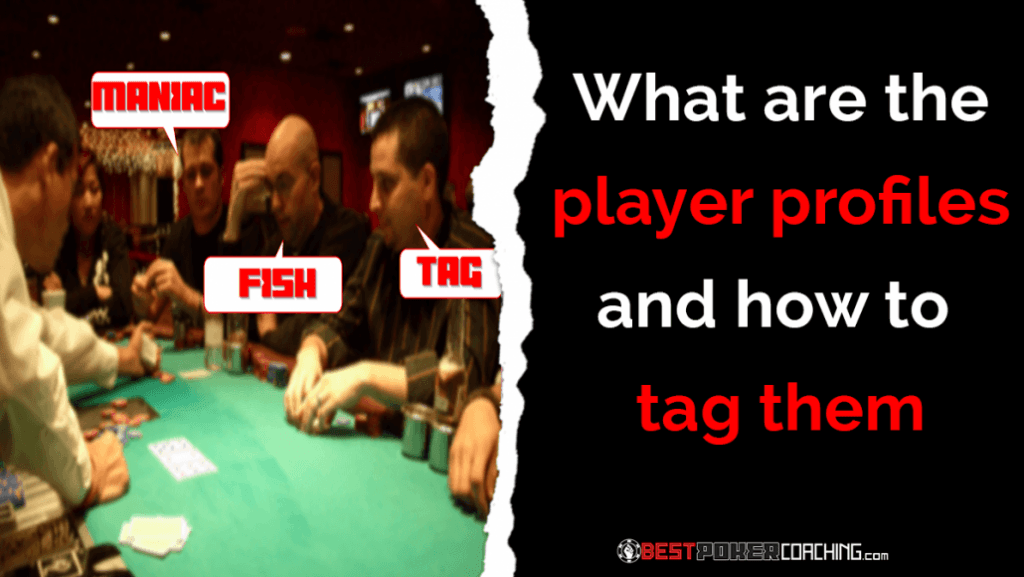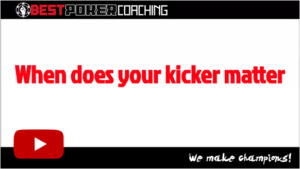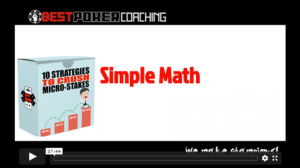Knowing our opponent is crucial in No Limit Hold’em. We perhaps face so many opponents on a regular basis that it can be difficult to keep track of them all along with their tendencies. An efficient approach can go a long way toward solving this problem. There is very little decent material on the topic, however, so the average player is uninformed regarding how to best do this. Here will discuss tip and tricks for “profiling” and “tagging”.

What Not to Do
The easiest way to start is by analyzing common leaks players have with their approach. If you are doing any of the following you might want to reconsider.
1. Taking Notes – “But, but, I thought good players take notes all the time!” Sure, if we are playing poker back in 2010. Things have moved on since then. Here are the problems –
– Player pools are large, especially at the lower limits. Taking extensive written notes on a player we might never see again is a waste of time.
– Software can record data instantly and significantly more efficiently than humans. Why waste time taking manual notes randomly when modern tracking software can record absolutely everything. Taking manual notes implies we don’t understand how to get the most out of tracking software.
– Note taking has never been that efficient anyway. We end up with a wall of hard-to-decipher text with little to no organization.
The one exception is perhaps playing in very small player-pools in environments where tracking software is not working. Even then, by the time the player-pool gets that small, we’ll probably remember most of our regular opponents without the need for note-taking.
2. Using Coloured Tags with Too Much Crossover – Admittedly, coming up with a comprehensive coloured tag system requires a bit of thought. The problem with most tagging systems is that there is simply too much crossover. What do we mean by that?
Imagine for example that a player uses the following categorizations (one colour for each) –
Nit
Reg
Passive
Aggressive
Donk
Each of these labels conveys something meaningful about the type of opponent we are facing. The problem is that they don’t work well together as a system. For example, which category does a “passive reg” belong in? What about an “aggressive nit”? The terms on the list are not necessarily mutually exclusive which results in some confusion when it comes to categorization. A good tagging system should allow for clear and easy categorization. We’ll discuss the solution a little later.
3. Profiling Purely Based on HUD stats – Sometimes players like to wait for a decent sample size of hands before they leave a tag on villain. They’ll play a few thousand hands against an opponent and then decide based on HUD stats whether villain is a reg or a fish. This defeats the whole purpose of leaving coloured tags. By the time we have a big sample size of hands on villain, we already know what type of player villain is. Leaving a tag simply pollutes the screen with duplicate information.
Note that we are not saying that we shouldn’t leave a tag in this scenario. But the tag should have been placed long before we had such a big sample of hands. Any time we play a hand against a villain we should begin to formulate opinions regarding what type of player we are dealing with. For example, perhaps villain uses a non-standard bet-size on the turn. We should assume he is a recreational player and place the relevant tag on him. It doesn’t even matter if this turns out to be wrong as more information comes to light. It’s better to categorize a player and be wrong than to wait 3k hands before placing a tag on him.
System for Coloured Tags
What’s the one way that we can minimize crossover when deciding on our coloured tag system? Simple, we classify them by their ability. This completely cuts down on crossover. After all, if someone is a bad player, they can’t also be a good player. Crossover between categories is impossible.
We can start with 4 main groupings of ability –
1. Elite Player (Better than us)
2. Decent Reg
3. Fish (Weak Reg)
4. Donk
Note that most of the “regs” we encounter are actually weak players. Just because they are not limping preflop does not mean that they don’t have significant issues with their strategy.
It’s hence good to differentiate between fish (weak regs) and donks (recreational players with little strategic competence).
So, are we recommending to only use four coloured tags? No, after all there are different types of regs and different types of fish. Each of the four categories can be broken down into sub-categories. Let’s see some examples.
Elite Reg – Probably indicates the player is better than us. There is therefore no reason for us to assume we have the ability to break down this category futher
Reg – There are perhaps two distinct types of Reg. The TAGs and the LAGs. LAGs are not identical however. Some are overly aggressive preflop, while others are more likely to force aggression postflop. Forced postflop aggression is usually a sign of a weak-reg so we’ll classify this type of opponent differently. We could perhaps use one colour for “normal” regs, (5-8% preflop 3bet) another for “aggro preflop regs”, (8-12% preflop 3bet) usually Russians/Ukrainians etc.
Weak Reg – Overuse of aggression postflop is typically a much bigger sign of a weak reg. If a weak reg is capable of firing two or three barrels with air, we can use a classification that indicates “forced aggression postflop”. Another type of weak reg is the nit. These should have their own tag also. The default classification of a weak reg is someone with serious postflop issues (not including forced aggression since this will have its own tag as discussed). Perhaps they fold too much in certain spots for example. Calling stations and preflop limpers belong as part of an even weaker classification of opponents however.
Donk – The default classification could just be a player who limps a lot preflop and plays badly postflop. In fact, as soon as we see a player limp preflop, we should be assigning them the donk tag We might find that we often still have fold-equity against these types of opponents. We should proceed with using our standard bluffing lines as normal. Remember: not all donks are calling stations, even though it can be tempting to think so. It’s important we recognize if our opponent is a calling station however and assign them the appropriate coloured tag
Other Useful Tags
Note that the following tags entail some crossover but are useful nonetheless. Typically, if one of these categorizations apply, then these tags should take priority over any other classification.
Known Villain – We know villain. He is perhaps in our skype group, one of our poker buddies, or a BPC member.
Pro Shortstacker – Villain is rebuying at 40/50b and playing some type of short/mid-stack strategy.
Here is suggestion using the afore-mentioned tags.
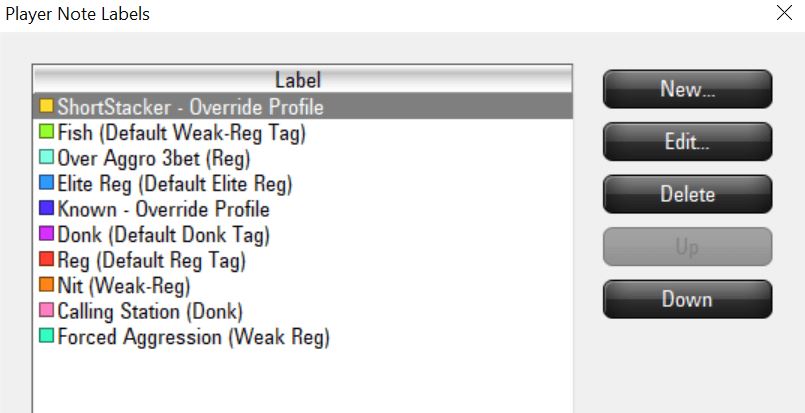
Different colours can be used when preferred. It’s also possible to branch out from the default categorizations to avoid more specific classification. We might create another colour for overly-passive weak-regs for example. (The kind that can check down very strong holdings or will never bluff).
Using Software
Notecaddy has made it possible for us to take automated notes on our opponents. Despite seeming awesome, it’s extremely difficult to harness the power of automated note-taking. Why so? It’s too likely that we suffer from information overload. Having 50 notes in the note window is about as useful as having zero notes. Unfortunately, automated note-taking is just not realistic.
Having said that, the main advantage of automated note-taking was that it has the ability to keep track of specific holdings our opponents show up with when they take certain lines. Well, guess what? We don’t nee automated notes to be able to do that. With the invention of heat-maps and postflop charts, we can instantly see with which hands villain took certain lines with. Why would we ever want to navigate through huge walls of automated note-text when we can have the information at our fingertips via a neat GUI?
It’s never been easier to tag and monitor the various opponents we run into at the tables. With a little intelligence, and the willingness to abandon outdated technology, we’ll always know exactly who is sitting across from us at the virtual felt.
